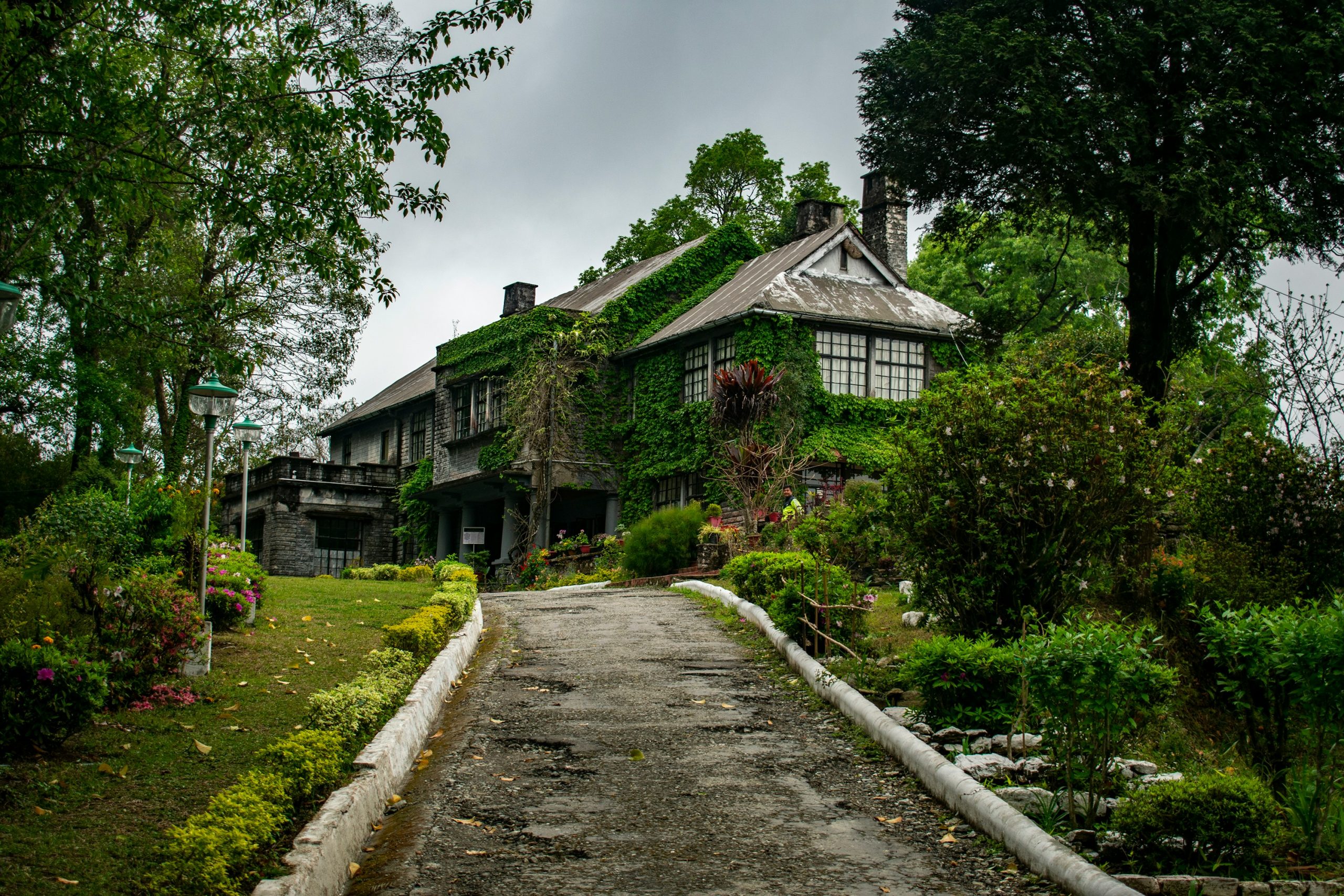Dooars
You’ve come to the correct spot if you’re searching for the ideal vacation filled with priceless memories. Today, make plans for a memorable and budget-friendly trip to Dooars.
About Dooars
Learn and explore more about Dooars before you set out on the best journey of your life with us.

In addition to amazing fauna like elephants, tigers, leopards, and Indian rhinoceroses, the region has stunning tea gardens. Both the Eastern Duars, or Assam Duars, and the Western Duars, or Bengal Duars, are separated by the Sankosh River. This location is a haven for environment enthusiasts, blessed with thick natural woods, verdant tea gardens, and flowing rivers like the Teesta, Raidak, Torsha, Jaldhaka, and Kaljani. From Siliguri, Guwahati, and New Jalpaiguri, Dooars is conveniently accessible.
Experience the Life of Dooars
The foothills of the eastern Himalayas in northeastern India, encircling Bhutan, are known as the Dooars or Duars. Known as the "Gateway to Bhutan," the Duars, also known as the Dooars, are a region in northeastern West Bengal that is situated at the base of the Eastern Himalayas. One of the last remaining areas in the nation where nature is so abundant in her green spaces is Dooars. The river Teesta and its several tributaries intersect the endless expanse of natural woodlands. Glancing like liquid silver in the twilight, stunning drive routes sever through dense, animal-rich woodlands.

How to Reach Dooars?
Learn and explore more about Dooars before you set out on the best journey of your life with us.
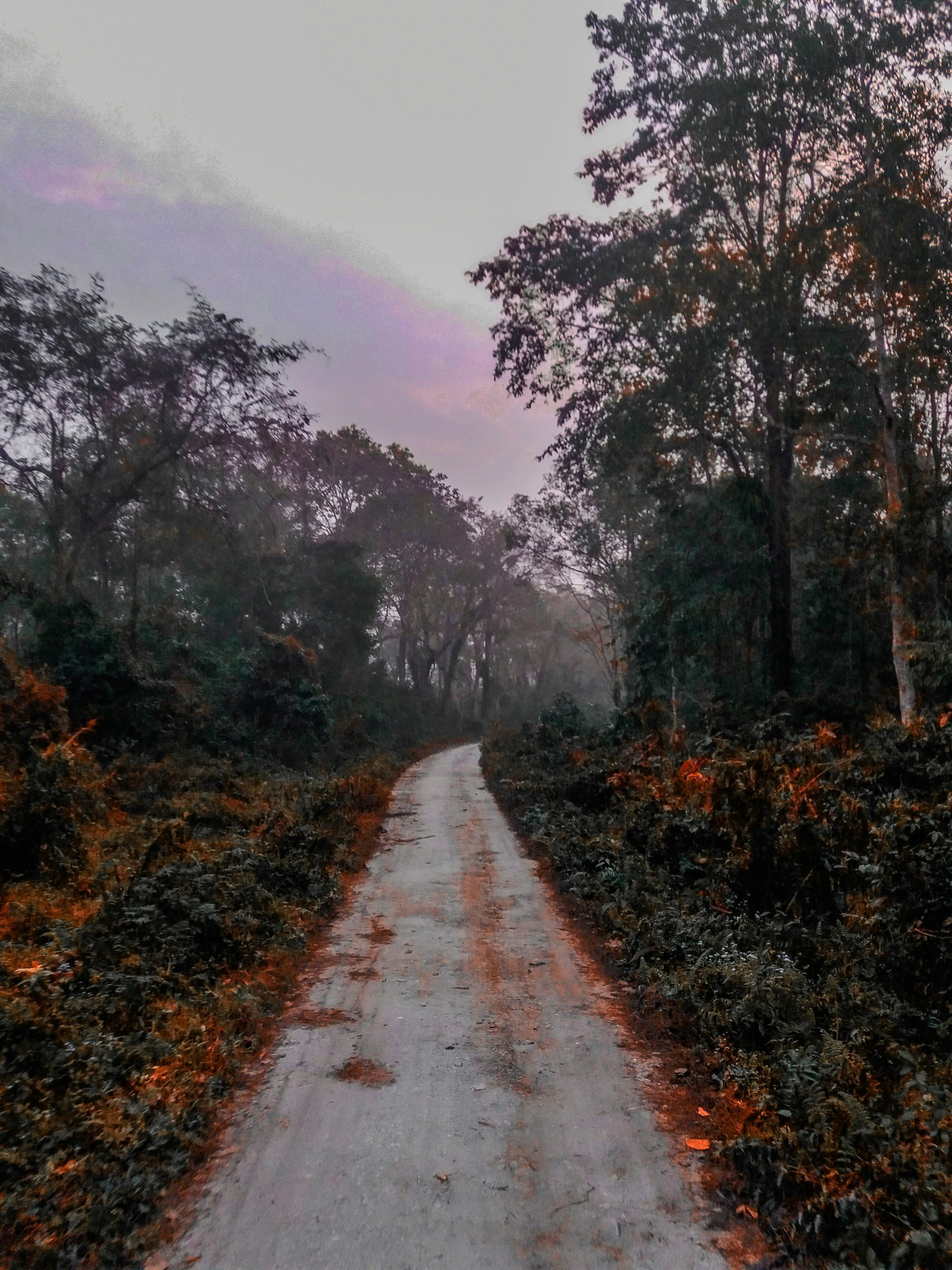
By Train: Cooch Behar is connected to Kolkata, Sealdah, and Howrah by train through New Jalpaiguri. Through Alipurduar, one may also use the train service.
By Road: The Dooars are accessed through Siliguri. Being the home base of the North Bengal State Transport Corporation, Cooch Behar has excellent long-distance bus connections to Siliguri, Kolkata, Jalpaiguri, and other major state cities.
By Air
Bagdogra Airport, which connects Kolkata, Delhi, Guwahati, and other important Indian cities, is the closest airport.
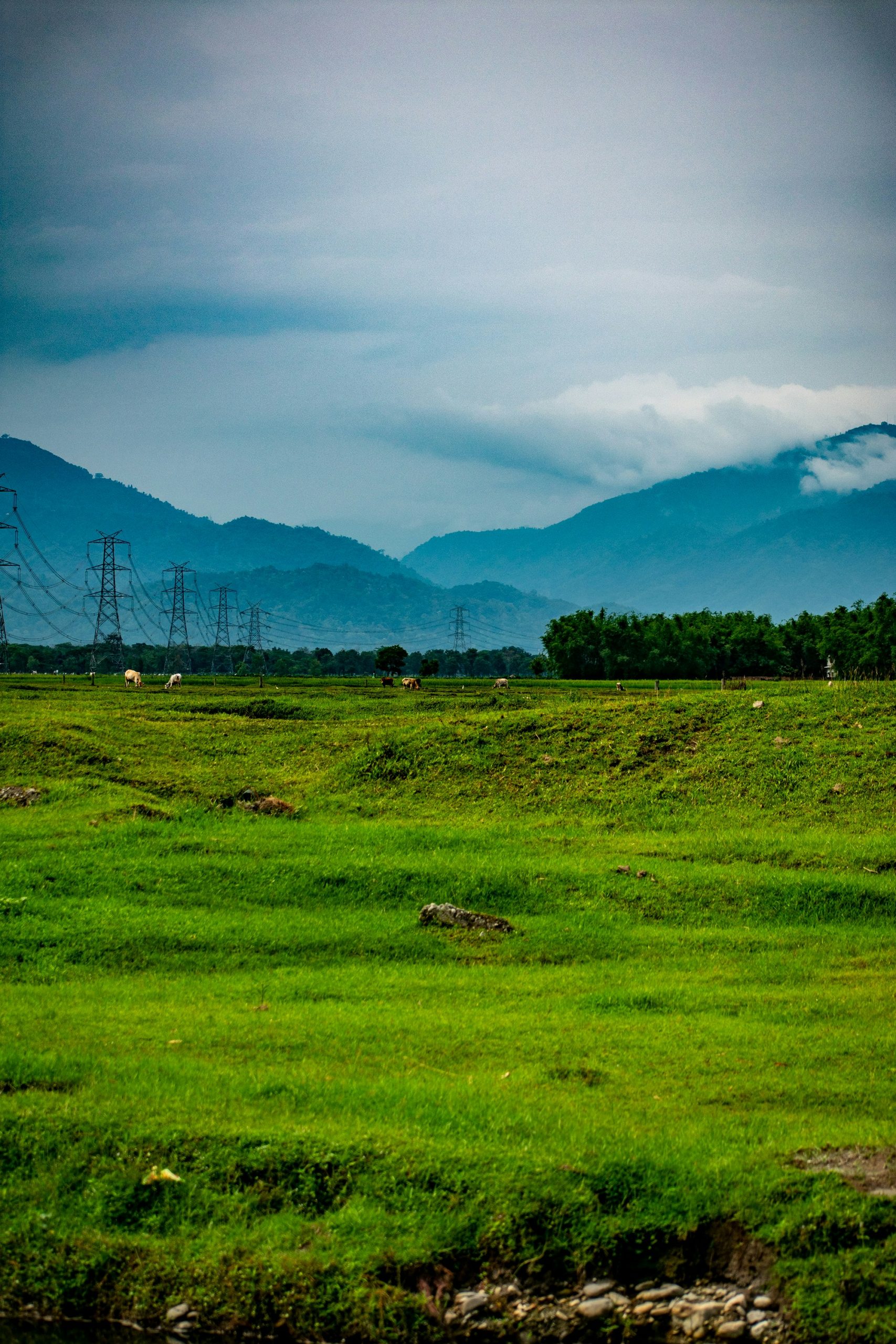
Attraction & Activities of Dooars
Learn and explore more about Dooars before you set out on the best journey of your life with us.

Gajoldoba
Situated 10 km from Siliguri in Baikunthapur Forest, Gajoldoba is a small village on the western bank of the raging Teesta River. It is well-known for its dam in the Teesta basin. Gajoldoba is between the Teesta River to the east and the Mahananda River to the west, in the western part of the Himalayan foothills. It is the most recent addition to Jalpaiguri's extensive list of tourist attractions. With migrating water birds flocking to the dam built across the Teesta River, it's a birdwatcher's dream come true. The reservoir is bordered by the deep Baikunthapur woods, which enhances its splendor. Built in the middle of the wilderness, WBTDCL's Bhorer Alo property offers an amazing natural experience with a flock of geese in companionship. Thus, this is the ideal location for you if you're searching for a peaceful retreat in the middle of the wilderness where you can see migratory birds and hear their chirping.
Gorumara National Park
Located in the Terai area at the foothills of the Eastern Himalaya, Gorumara is blessed with a rich array of flora and animals, including the majestic One Horned Indian Rhino. This sanctuary covers an area of around 80 square kilometers. Gorumara was first designated as a Reserve Forest in 1895. It was later designated as a wildlife sanctuary in 1949, and in 1994 it was granted the status of a National Park. Gorumara was likewise named one of India's top protected places for 2009 by the Ministry of Environment and Forests. Therefore, if you enjoy wildlife, you should visit this national park and reserve a spot on the jungle safari to get up close and personal with the creatures.
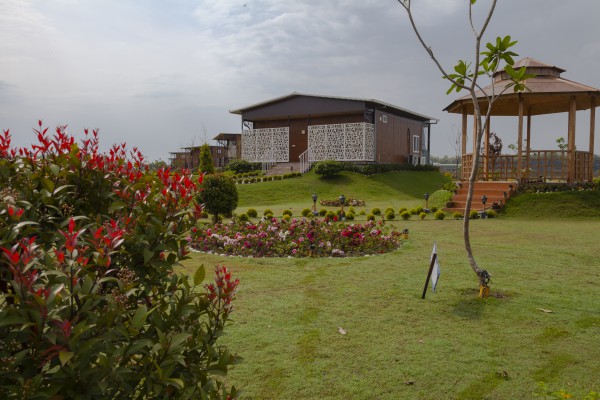
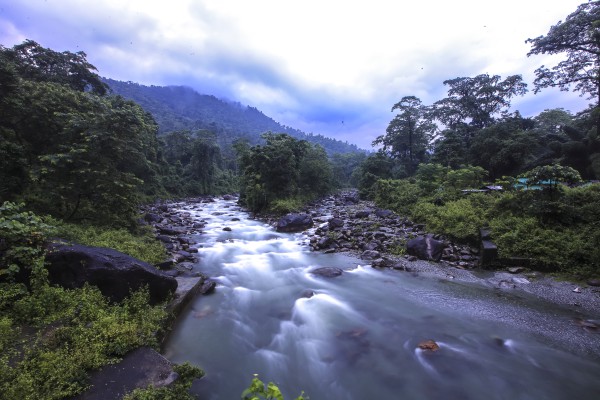
Jaldapara
With a total size of 216 square kilometers, Jaldapara is best described as a patchwork of tall grass belts, woodlands, meadows, perennial streams, and sandy riverbanks. In order to safeguard the Indian One-Horned Rhino, the region was designated as a wildlife sanctuary in 1941. A national park was later established there in 2012. It has a wide variety of plants and animals, including grasslands, riverbanks, mixed deciduous woods, and herds of bison, hispid hares, hog deer, sambar, and Asian elephants. With a variety of eagles, Bengal floricans, Indian Hornbills, jungle fowl, pea fowl, partridges, and other birds, the skies are a birdwatcher's paradise.
Alipurduar
The entry point to Bhutan and the northeastern Indian states is Alipurduar. Because of the numerous tea gardens and deep forests, the region is a veritable jungle. Alipurduar, which is close to the Dooars, offers breathtaking views of the Buxa hills' dense forest and the Bhutan valley. Alipurduar has witnessed the creation of the South Khairbari Tiger Rescue Centre, an innovative project that is unparalleled in the northeast and provides tigers with a year-round haven. Therefore, you should visit Alipurduar's natural woods and get up close and personal with some of the wild animals there to awaken your inner adventurer.


Chilapata Forest
The elephants' primary route between Jaldapara and the Buxa Tiger Reserve is through Chilapata Forest. This lush woodland is located near Dooars' Jaldapara Wildlife Sanctuary. Elephants may be encountered throughout your travels because animals are allowed to wander freely in this area. A few of the several tourism-related activities you may choose from include fishing, birdwatching, and safari.
Chapramari
One of the well-known places in Dooars is the Chapramari Wildlife Sanctuary, which is close to Gorumara National Park. Divided by the Murti River, Chapramari is essentially an extension of Gorumara National Park. Chapramari Wildlife Sanctuary has 960 hectares in total. Chapramari, renowned for its substantial elephant population, was designated as a wildlife sanctuary in 1998. Glistening river streams round the forest, making it the perfect spot for boating and fishing excursions in Dooars. For a great view of the local and migratory birds on the riverbank, visit the Watchtower of Chapramari Wildlife Sanctuary. Chapramari is home to a diverse array of wildlife, such as elephants, gaurs, Indian bison, leopards, and many deer species, such as spotted, chital, sambar, and barking deer, as well as wild boars. If one is fortunate enough, one may even spot one-horned rhinos.

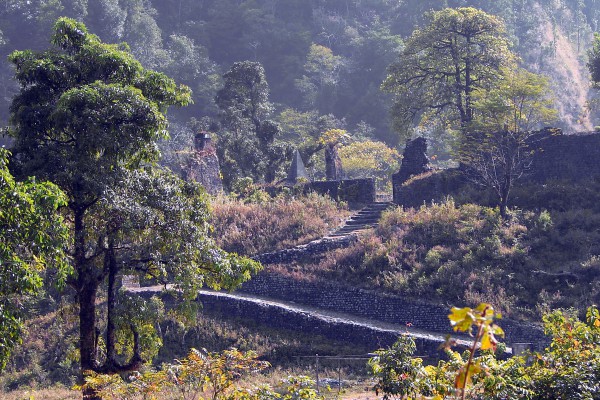
Jayanti River
Jayanti is a tiny hamlet next to Rajabhatkawa, surrounded by forests. The hills on the eastern side of the river are referred to as the Jayanti Hills, while the little settlements on the western side are called Jayanti Villages. The Jayanti River creates a natural boundary with the Bhutan Hills. About 30 kilometers from Alipurduar, Jayanti, also known as the Queen of Dooars, offers a picturesque vista and a calm atmosphere. Journeying to Jayanti is sometimes accompanied by the sight of an abundance of peacocks, a herd of elephants, or spotted deer. Another fascinating location is Mahakal Cave, which is close to the Bhutanese border. It is a cave shrine devoted to Lord Shiva, and a lot of people come here during Maha Shibratri.
Buxa Fort
Situated at a height of 2,600 feet, Buxa Fort is a component of the Buxa Tiger Reserve. Because of its position, the British had utilized this fort as a high security jail. Trekkers love this fort since it serves as the beginning of several paths. This location offers a variety of alternatives for both mild and active hikers. Buxa Fort is about 2.5 kilometers upwards from the foothills. As you make your way towards the fort, you'll pass through thick woodlands.
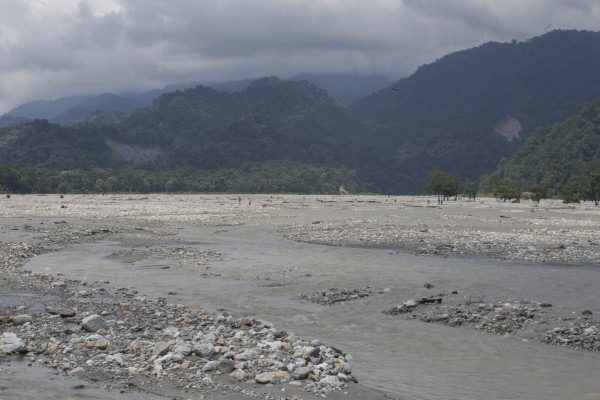
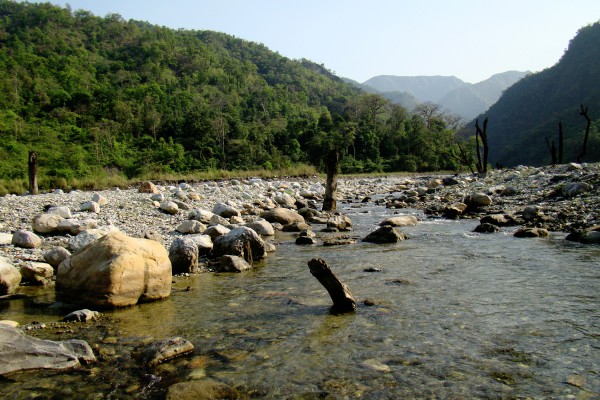
Malbazar
One of the most significant towns in the Dooars area is Malbazar. The stunning Mal Park and its tea gardens are its main draws. Kumlai is a must-see place for a picnic break with family and friends. The town's ideal location on NH 31 allows for easy access to the area's top tourist destinations. Travelers wishing to explore the Eastern Dooars, Gorumara National Park, Chapramari Wildlife Sanctuary, Gorubathan, Jhalong, Bindu, Samsing, or Suntalekhola may easily base themselves at Malbazar.
Murti
Situated on the banks of the sparkling River Murti lies a little, charming settlement called Murti. The Neora Valley National Park is the river's source, and it passes through Dooars' popular tourist destinations before joining Jaldhaka. After reaching the plains at Samsing, the Murti River divides the Gorumara forest to continue its voyage. As a result, the Gorumara forest is on the Murti River's right bank, and the Chapramari forest lies on its left. Murti is around 80 kilometers long and includes the most of the scenic sites. Situated at the base of the Himalayas, 60km from Jalpaiguri, Murti has breathtaking views of the surrounding forest.

Where to Stay in Dooars?
Learn and explore more about Dooars before you set out on the best journey of your life with us.
Plan an Unforgettable Experience in Dooars Today!
We can help you fit your vacation and experience within your allotted budget.
Book Your Trip Now
- +1-123 456 7890
